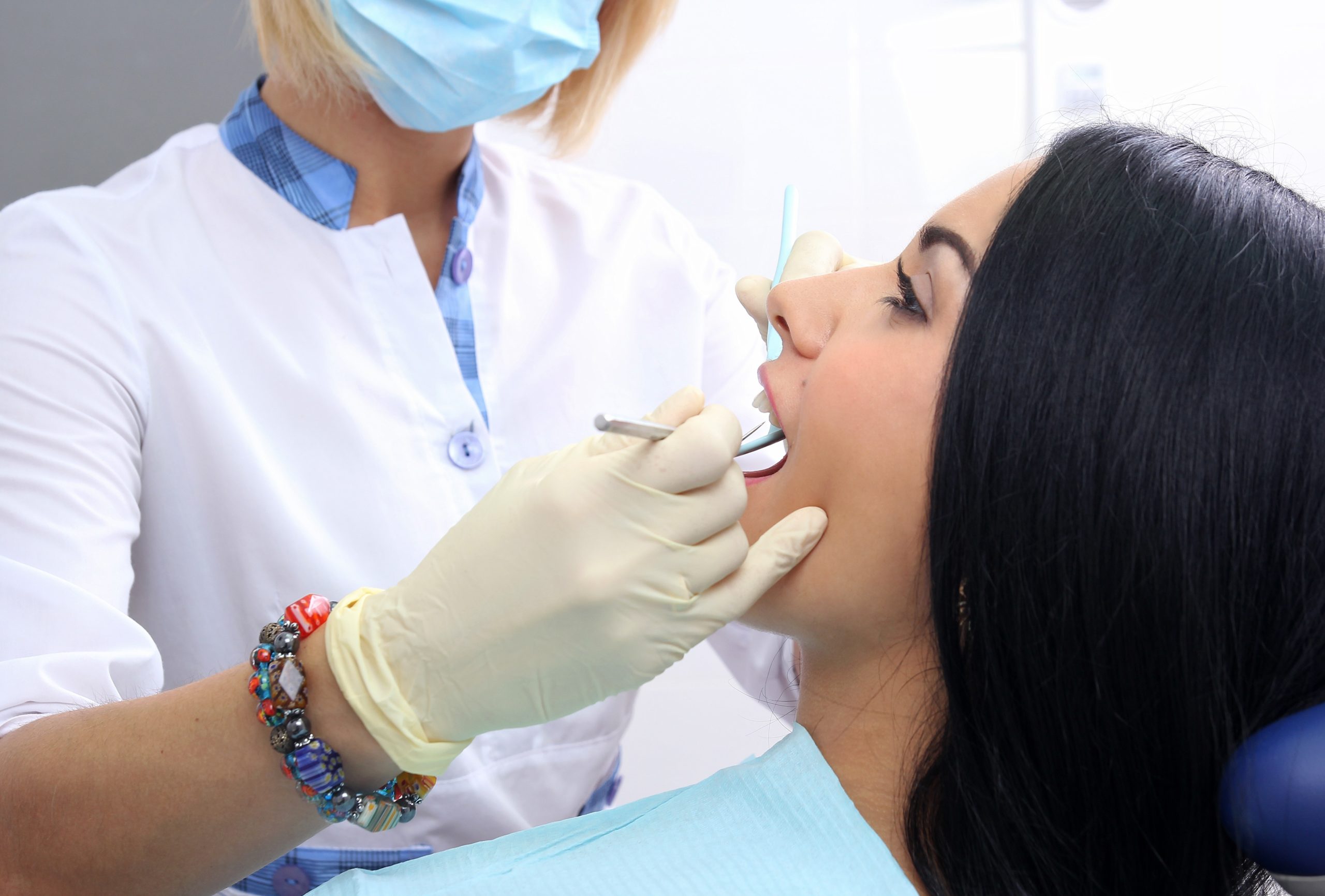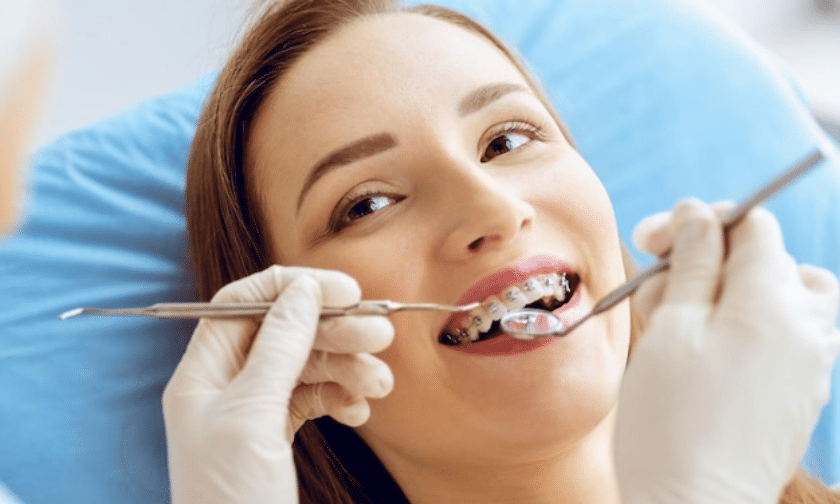The Definitive Guide to Legacy Orthodontics
The Definitive Guide to Legacy Orthodontics
Blog Article
The Basic Principles Of Legacy Orthodontics
Table of ContentsThe Only Guide for Legacy OrthodonticsLegacy Orthodontics for DummiesExamine This Report about Legacy OrthodonticsRumored Buzz on Legacy OrthodonticsThe smart Trick of Legacy Orthodontics That Nobody is Discussing
In addition, we offer flexible therapy routines, versatile repayment options and an enjoyable, pleasurable experience.An orthodontist is a dental practitioner educated to identify, stop, and deal with teeth and jaw irregularities. They deal with existing conditions and are educated to identify issues that might create in the future. Orthodontists collaborate with people of all ages, from youngsters to grownups. Individuals typically connect an excellent smile with health.
Malocclusion, or misaligned teeth, can result in oral problems, consisting of dental caries, gum condition, and tough or agonizing chewing. But not every person is birthed with straight teeth. If you have a negative bite or big rooms in between your teeth, you may intend to speak with a dental professional specializing in orthodontic care.
Get This Report on Legacy Orthodontics
( Image Credit Report: DigitalVision/Getty Images) Orthodontists make use of fixed and detachable oral tools, like dental braces, retainers, and bands, to transform the placement of teeth in your mouth. Orthodontic treatment is for dental problems, consisting of: Misaligned teethBite troubles, like an overbite or an underbiteCrowded teeth or teeth that are also much apartJaw misalignmentThe objective of orthodontic therapy is to boost your bite.
A healthy and balanced bite guarantees you can eat, chew, and speak correctly. While you could think of orthodontists as generally for youngsters or young adults who require braces, they can deal with oral issues at any kind of age. Orthodontists go to college, oral school, and orthodontic school. After college graduation, they invest 2 or 3 years in an orthodontic residency program.
All orthodontists are dental professionals, however not all dental practitioners are orthodontists. Orthodontic residency programs offer intensive, concentrated instruction for oral professionals. They concentrate on 2 locations: Just how to correctly and safely relocate teeth Just how to effectively guide development in the teeth, jaw, and faceOnce an orthodontist has actually finished training, they have the alternative to become board licensed.
The smart Trick of Legacy Orthodontics That Nobody is Talking About
Imbalance, or malocclusion, is one of the most common factor people see an orthodontist. It is genetic and is the result of dimension distinctions in between the upper and reduced jaw or in between the jaw and teeth. Malocclusion causes tooth overcrowding, a misshapen jaw, or irregular bite patterns. Malocclusion is normally treated with: Your orthodontist attaches steel, ceramic, or plastic square bonds to your teeth.
If you have just minor malocclusion, you may be able to utilize clear braces, called aligners, rather of conventional dental braces (https://packersmovers.activeboard.com/t67151553/how-to-connect-canon-mg3620-printer-to-computer/?ts=1727695183&direction=prev&page=last#lastPostAnchor). Some individuals require a headgear to aid move teeth into line with pressure from outside the mouth. After dental braces or aligners, you'll need to wear a retainer. A retainer is a customized tool that keeps your teeth in position.
They're usually used on children. They can create additional room in the mouth without having to draw teeth. If you have a serious underbite or overbite, you might require orthognathic surgical procedure (likewise called orthodontic surgical procedure) to lengthen or reduce your jaw. Orthodontists utilize cords, surgical screws, or plates to support your jaw bone.
You might require to see an orthodontist if you have: Crowding or otherwise enough space for all of your teethOverbite, when your top teeth come over your bottom teethUnderbite, when your base teeth are too far forwardSpacing or concerns with gapsCrossbite, which is when your upper teeth fit behind your base teeth when your mouth is closedOpen bite or a vertical gap between your front base and upper teethMisplaced midline, when the center why not find out more of your bottom and top teeth do not line up Remedying an oral malocclusion can: Make attacking, chewing, and speaking easierImprove the proportion of our face and your overall appearanceEase discomfort from temporomandibular joint disordersDifferent your teeth and make them much easier to cleanse, assisting prevent dental caries or tooth cavities It's commonly a dental practitioner who initially notices misaligned teeth during a regular exam.
Legacy Orthodontics Can Be Fun For Anyone

Throughout your very first orthodontic examination, you'll likely have: A dental examPhotos taken of your face and smileDental X-raysPanoramic (360 level) X-rays of your face and headImpressions to produce mold and mildews of your teethThese tests will assist your orthodontist understand how to proceed with your therapy. orthodontist. An orthodontist is a dental expert who's had training to treat your teeth and jaw
An orthodontist is focused on your bite, so something like a broken tooth would be taken care of by a dentist. Orthodontists are focused on your bite, or the way your teeth fit together, and the straightness of your teeth.
Ever before questioned just how celebrities always appear to have perfectly straightened teeth? Orthodontists are dental experts who focus on correcting abnormalities in the teeth and jaws.
The Best Guide To Legacy Orthodontics

While dental braces are the most commonly recognized orthodontic therapy, orthodontists have a varied toolkit at their disposal. The certain approach chosen depends upon the extent of the instance, the patient's age, and individual preferences. These tried-and-true braces utilize a system of brackets bonded to the teeth and connected by wires.
These detachable trays are tailor-made to considerably shift the teeth's placement. In situations of narrow jaws, palatal expanders can be used to develop area for proper tooth placement.
Report this page